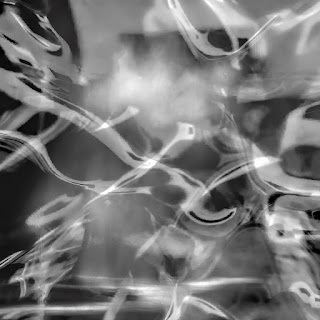"We cannot know the whole in the way in which we know things because we cannot recognize the whole as a thing. If the whole were available to be recognized in the same way as we recognize the things which surround us, then the whole would be counted among these things as one of them. So we could point and say 'here is this' and 'there is that' and 'that’s the whole over there.' If we could do this we would know the whole in the same way that we know its parts, for the whole itself would simply be numbered among its parts, so that the whole would be outside of its parts in just the same way that each part is outside all the other parts… But the whole comes into presence within its parts, so we cannot encounter the whole in the same way as we encounter the parts. Thus we cannot know the whole in the way that we know things and recognize ourselves knowing things. So we should not think of the whole as if it were a thing…, for in so doing we effectively deny the whole inasmuch as we are making as if to externalize that which can presence only within the things which are external with respect to our awareness of them."
- Henri Bortoft (1938 - 2012)







